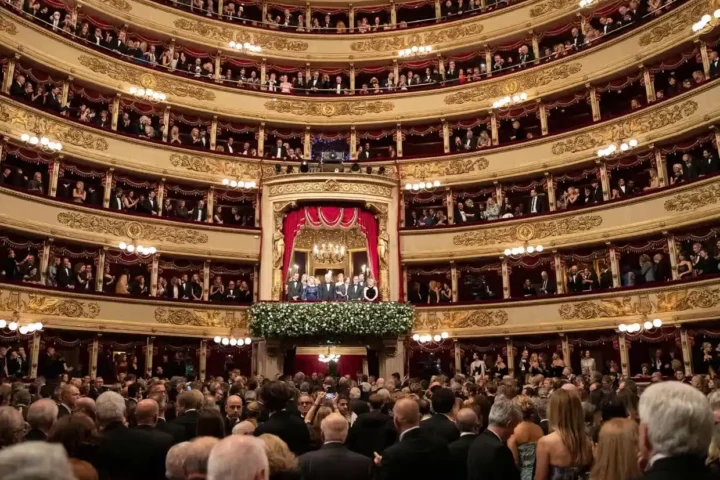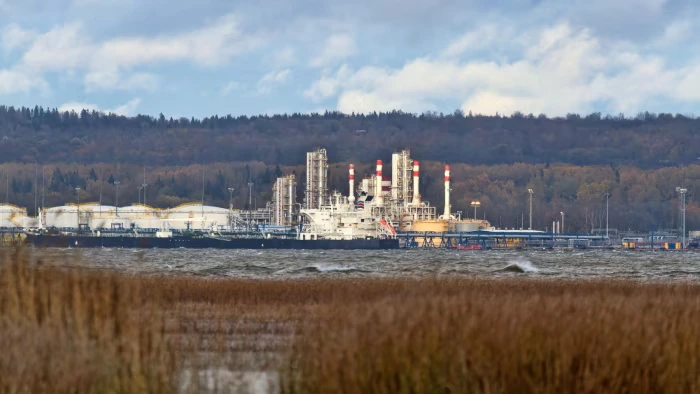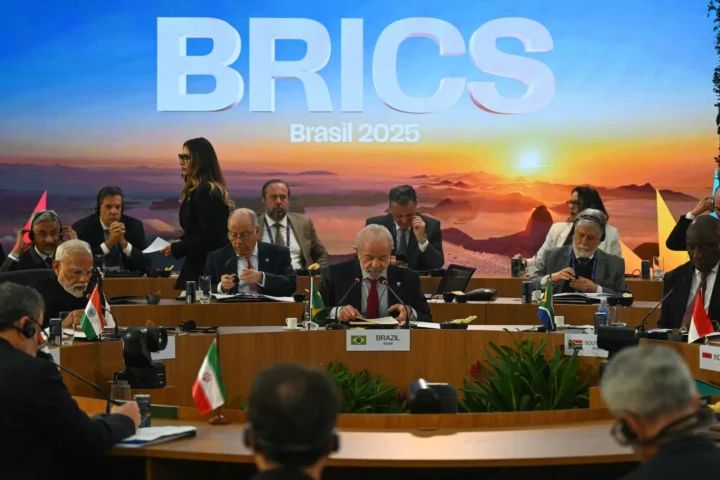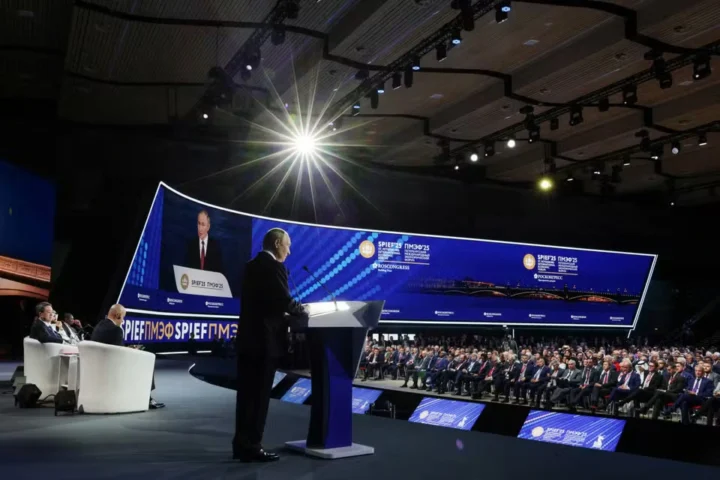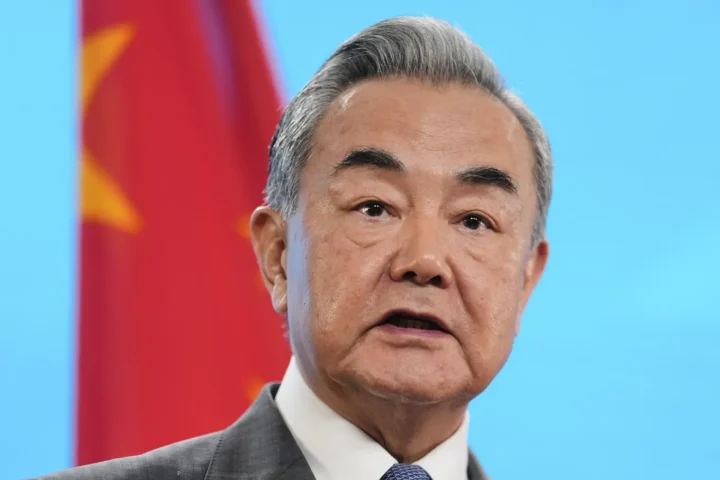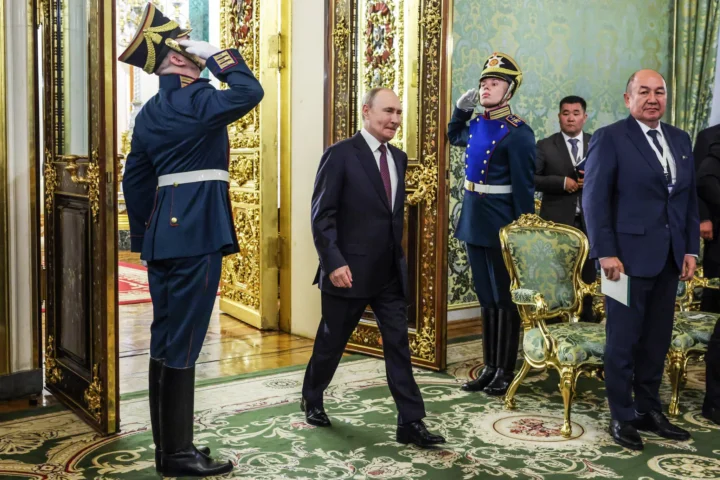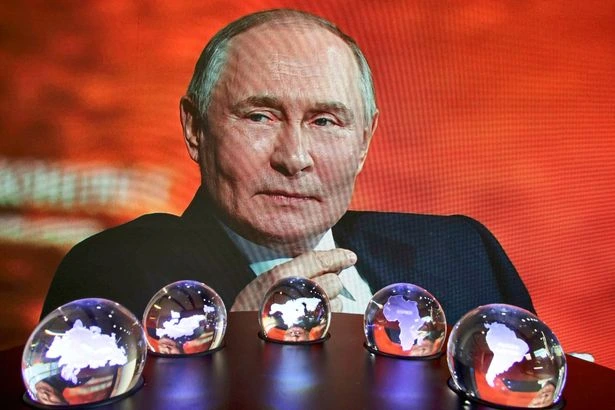The liquid portion of Russia’s National Wealth Fund (NWF) fell to ₽3.81 trillion ($41 billion) as of December 2024, marking a decline of nearly ₽2 trillion in just one month, according to data from the Ministry of Finance. These funds are vital for addressing the federal budget deficit, which is forecasted to reach ₽3.30 trillion in 2024.
Key Developments
In December, the Ministry of Finance reported a withdrawal of ₽1.3 trillion from the NWF to cover the budget deficit. This was achieved by selling 55.5 billion Chinese yuan and nearly 59 tonnes of gold.
Additionally, ₽680 billion from the liquid portion of the fund was allocated to:
- Purchasing securities from Russian companies.
- Placing deposits in the state development bank VEB.RF.
As of December 2024, the total value of the NWF, including its illiquid assets, stood at ₽11.88 trillion.
Outlook
At current levels, the liquid portion of the NWF is sufficient to support elevated budgetary spending for approximately one year. However, by 2026—or potentially earlier—the government may face the need for significant spending cuts.
A sharper contraction could occur in 2025 if the ongoing conflict in Europe, the largest since World War II, comes to an end. Such a scenario might lead to a reduction in military expenditures, further straining the fund.
Background on the National Wealth Fund (NWF)
The National Wealth Fund is one of Russia’s key sovereign wealth funds, established to ensure long-term fiscal stability and provide a financial buffer against economic shocks. The fund comprises two main components:
Liquid Assets
These include highly liquid instruments such as:
- Foreign currency reserves
- Gold
- Deposits
These assets can be readily accessed to finance the federal budget or address economic volatility.
Illiquid Assets
These consist of investments in:
- Domestic projects
- Corporate securities
- Infrastructure initiatives
Illiquid assets are less accessible for short-term needs but contribute to long-term economic growth.
The NWF is primarily funded by revenues from Russia’s energy exports, including taxes on oil and gas production. Historically, it has played a crucial role in helping the government navigate periods of low oil prices and economic sanctions.






